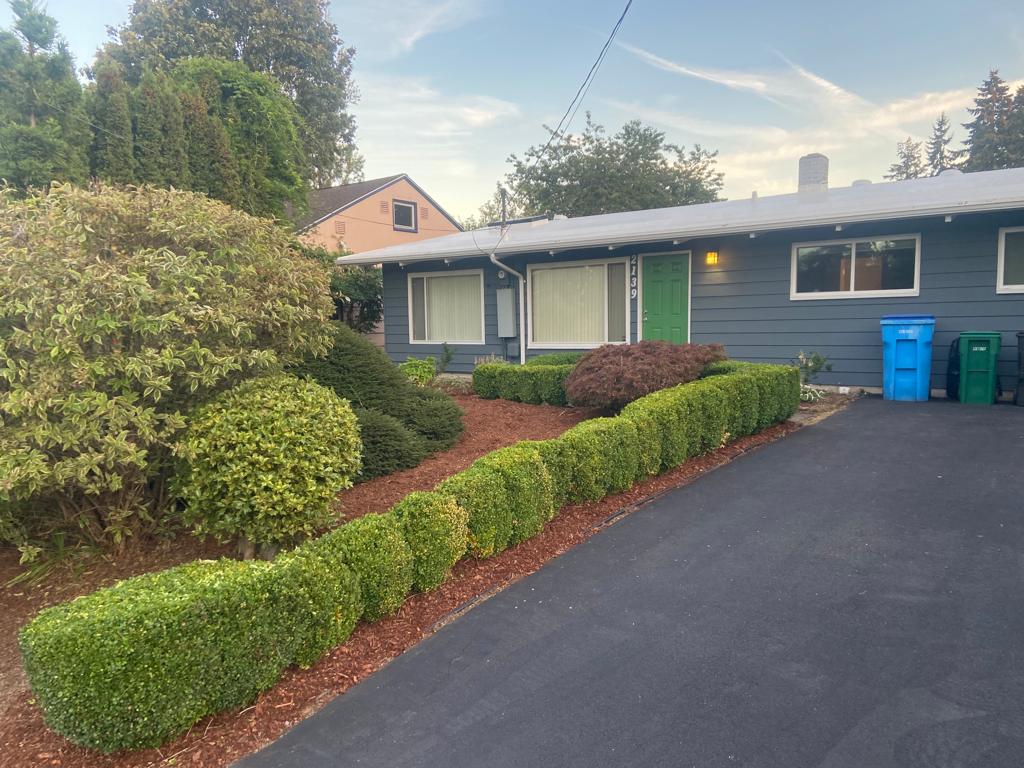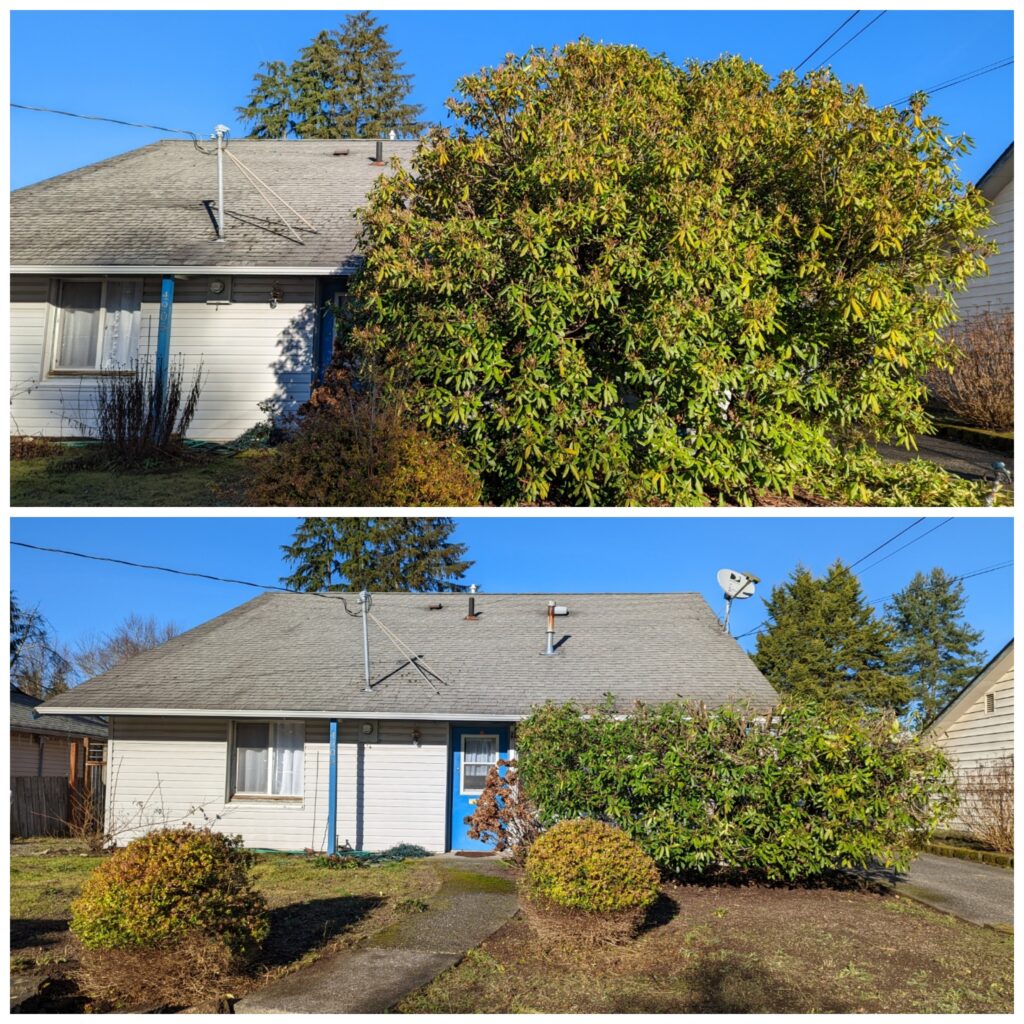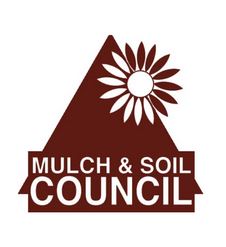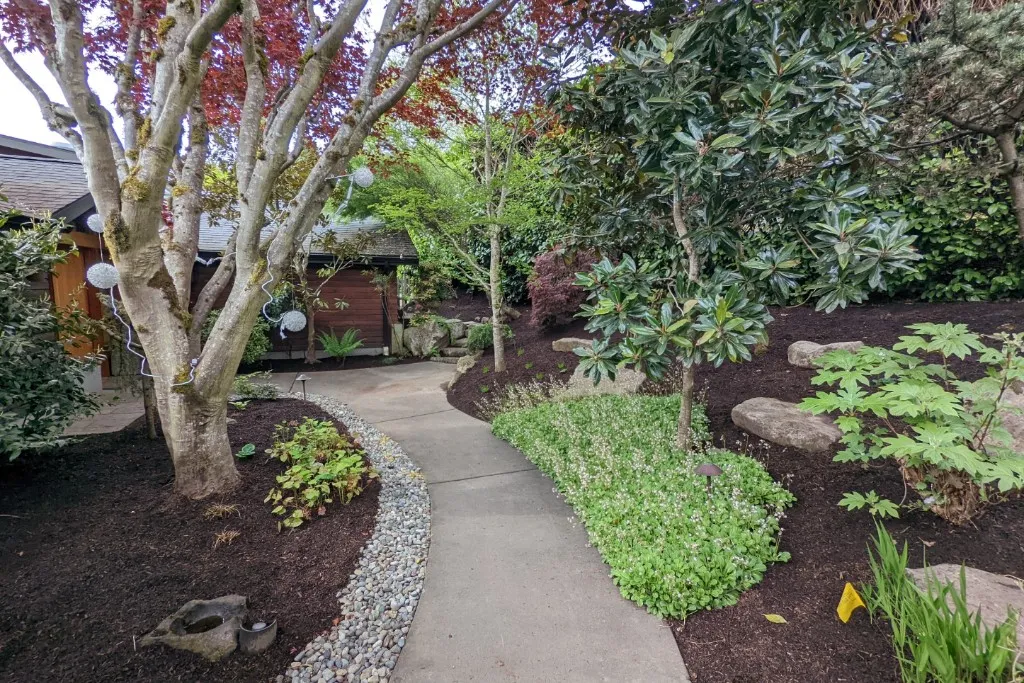Landscaping is about striking a balance between your structures and the natural beauty of Shoreline.
Landscape maintenance covers a lot of ground. It includes not only your lawn and garden, but also anything on your property outside of your house.
Here are some maintenance tips to help your landscape reach its full potential.
Landscape maintenance is more than just upkeep, it’s about helping your greenery flourish.
Landscaping maintenance in Shoreline includes:
- Regular lawn mowing
- Maintaining a consistent watering and weeding schedule
- Border edging driveways, walkways, and patios
- Cleaning driveways, walkways, and patios
- Spring cleanup to remove dead winter growth and debris in your yard
- Summer pruning of trees, shrubs, and hedges
- Fall yard cleanup of debris to prepare for winter
Paying attention to soil type, sun exposure, and rainfall patterns in your area do wonders for landscape maintenance.
1. Water the right amount
Water is the foundation of landscaping maintenance. Shoreline gets a lot of rain, so it’s important to water only when necessary.
- Find out how much your plants need on a weekly basis.
- Water early in the morning to reduce evaporation and save water.
- Mulch your garden to preserve moisture.
- Group plants according to their needs when possible.
- During the wet season, skip watering if it rains a lot to reduce risk of fungal diseases.
- During the dry season, water your plants deeply and less often to encourage deep root growth.
2. Choose the right shrubs

Good maintenance starts with choosing the right plants. Native plants are adapted to the local ecosystem and are a lot easier to maintain.
Pacific rhododendron is a perfect addition to any garden in Shoreline, (it’s also the official state flower for Washington!). It’s native to the area and will be right at home.
Here are some more shrubs native to Shoreline that are easy to maintain and brighten up your grounds:
- Osoberry
- Evergreen Huckleberry
- Oceanspray
- Salal
- Camellias
3. Deadhead your flowers
It’s tough to cut off flowers, even when they’ve finished blooming. Removing spent flowers encourages new blooms and is actually healthy for your plant.
Wait until the petals have fallen off and use sharp pruning shears to make a clean cut just above the first set of healthy leaves on the flower stem. Careful not to damage the leaves or the stem!
Deadheading is a simple task that keeps your garden looking beautiful and healthy.
4. Shaping hedges and pruning shrubs

Maintaining hedges a few times a year is easier than letting them get out of hand. Sculpting regularly also creates easy-to-follow cuts that help you maintain the same height.
Most trees and shrubs should be pruned in late winter or early spring (February through March) before new growth begins.
5. Test your soil
Test your soil regularly to find out its pH level and see what nutrients it’s lacking.
- Purchase a soil test kit at a garden center, nursery, or online.
- Use a trowel or shovel to collect soil from representative areas of your garden or yard. Be sure to remove any debris including rocks, roots, or grass before testing.
- Add the test capsule and compare the color of the solution to a chart to see the soil pH and nutrient levels.
This can be done twice a year and saves you hundreds of dollars on landscaping costs.
6. Fertilize the right amount
It’s tempting to over-fertilize, especially for professional landscapers.
We find that twice a year is ideal in Shoreline, WA. Use a balanced fertilizer in early spring and late fall with multivitamins to keep your plants happy all year.
7. Mulch matters
Not all mulch is created equal. The Mulch and Soil Council has a program that certifies safe mulch.

You can create your own with shredded leaves, bark, and compost. This will help retain moisture in soil, suppress weeds, and improve the overall health of your garden.
8. Enough mulch
You can actually have too much mulch. Avoid “mulch mountains” and keep the height under 2 inches.
This prevents pests such as voles from moving in and nibbling on your trees. It also prevents termites from gaining a foothold in your structures.
9. Be nice to your insects
Not all insects are pests. Predatory bugs and pollinators keep your ecosystem balanced and thriving. Keep them in equilibrium by planting a diverse range of native plants and using chemicals sparingly.
That being said, deal with any pests promptly to stop them from spreading. Organic methods like handpicking, insecticidal soaps, and neem oil are best. Don’t be afraid to remove affected plant material!
10. Putting the “care” in lawncare

The way you cut your lawn can impact your landscape.
Avoid cutting grass too short as well. In addition to being unhealthy for most grass species commonly used in Washington State, this leaves your yard vulnerable to weeds and other pests.
Using alternate mowing patterns each time is an underrated way to prevent compaction or ruts.
Also, be cautious with line trimmers around trees to avoid damaging bark. This keeps them healthy and vibrant.

